Education is Transformational
Education serves as a driver for development and the elimination of extreme poverty. Education is transformational for individuals and societies--it creates pathways to better health, economic growth, a sustainable environment, and peaceful, democratic societies. A person’s earnings increase by 10 percent with each year of school they complete. Women with higher levels of education have healthier children. And increasing the average level of higher education in a country by just one year can add half a percentage point of growth to GDP.
Despite unprecedented increases in school enrollment over the last decade, there is still a global learning crisis—387 million children are unable to read, write or do basic math despite most of them attending school. Some 121 million children living in crisis and conflict affected countries are not in school, and the number is growing. In addition, 114 million youth aged 15 to 24 cannot read or write a simple sentence; nearly two thirds are women.
From 2011-2015, USAID has supported 151 basic education programs in 45 countries, directly benefiting more than 41.6 million children and youth.
Globally, girls are especially disadvantaged--right now, 130 million girls are not in school worldwide, and millions more face barriers to staying in school. Yet we know that when girls are educated, their families are healthier, they have fewer children, they get married later, and they have more opportunities to generate income.
Females make up almost half of the children and youth who benefited from USAID’s basic education programming (20.2 million females and 21.4 million males).
Our Focus
Resolving the global learning crisis--ensuring all children and youth are in school and learning-- requires political will at the highest levels and strong collaboration in the countries where we work. USAID partners with other U.S. government agencies, donors, country governments, multilateral agencies, civil society, and the private sector to ensure equitable access to inclusive, quality education for all – especially the most marginalized and vulnerable. We do this by working to achieve the goals of the USAID Education Strategy, including:
- Improving the reading skills of students in the primary grades to increase school success and completion;
- Increasing employment opportunities for youth, and strengthening higher education systems, so youth can find good jobs and contribute to the economic growth of their countries; and
- Increasing equitable access to education in crisis and conflict environments.
Learning, effectiveness, accountability, and transparency are central to the success of our strategy. To most effectively reach our goals, and the goals of our host country partners, USAID collaborates with partners globally to generate and use evidence as the basis for continuous learning and program improvement.
Progress Under the 2011-2015 USAID Education Strategy
USAID accomplishments under the current Education Strategy (2011-2015) take many forms, including providing clarity on USAID priorities in education, concentrating investments at the global and country level, contributing to education service delivery in our partner countries, and establishing critical partnerships and collaborations that have advanced the goals of the strategy.
From 2011-2015, USAID results include:
- Improving reading instruction and creating safe learning environments for more than 41.6 million children and youth (20.2 million females and 21.4million males);
- Improved or established quality education in safe learning environments for a total of 11.8 million individual children and youth in crisis and conflict environments (5.6 million females, 6.2 million males);
- Improving employment outcomes for 609,000 individuals.
Initial report of progress achieved under the 2011-2015 USAID Education Strategy. (PDF 2.6MB)
Learn More
Fact sheets on USAID’s education programs: (PDF 112KB):
- All Children Reading (PDF 272KB)
- Youth Workforce Development (PDF 194KB)
- Education in Crisis and Conflict (PDF 201KB)
- Higher Education (PDF 173KB)
See how USAID is partnering to make a difference in global education:
- Let Girls Learn
- All Children Reading Grand Challenge for Development
- Education Cannot Wait - a fund for education in emergencies
- Global Book Alliance
- Mobiles for Education Alliance
Global Partnership for Education - Education Commission on Financing







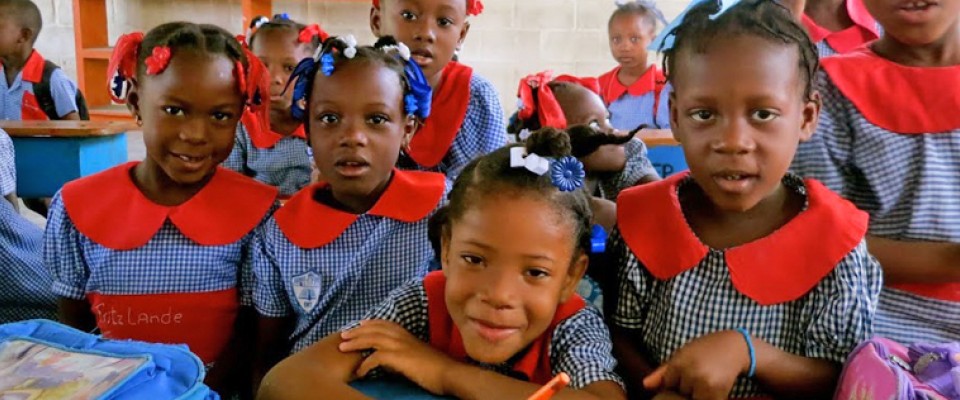
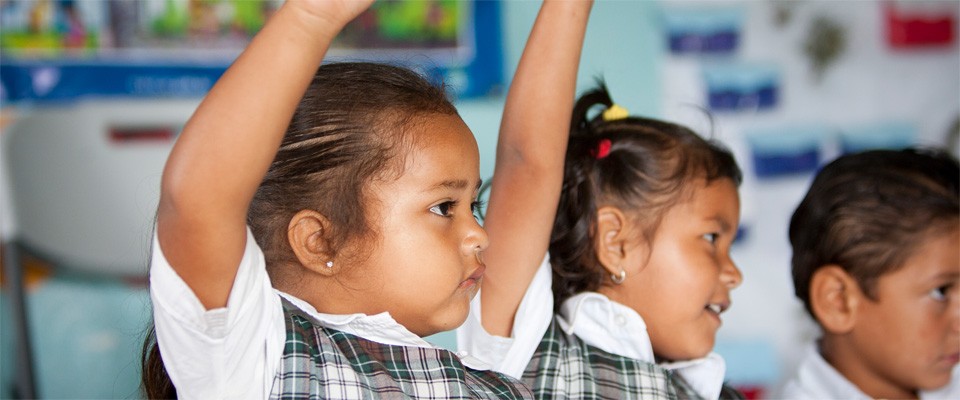
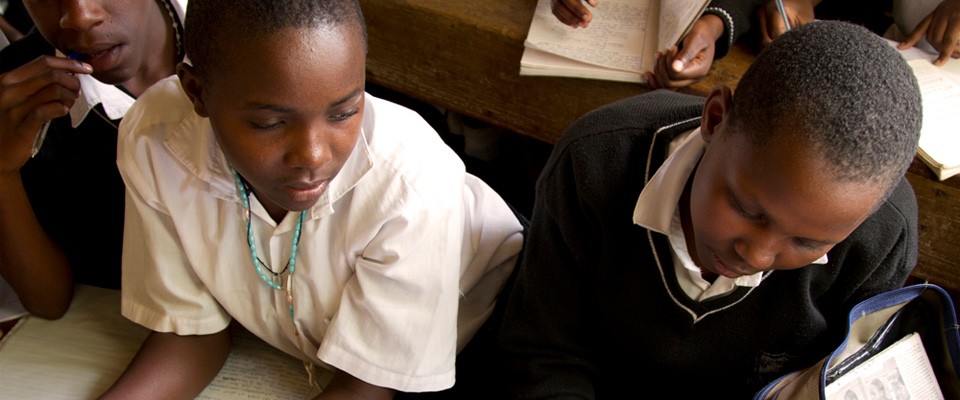

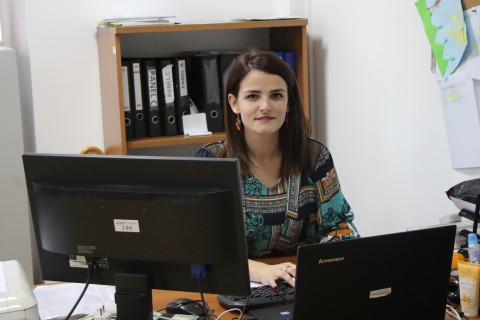
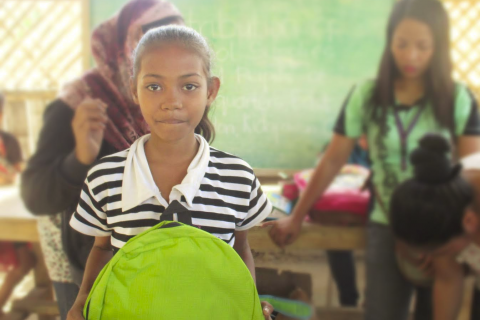
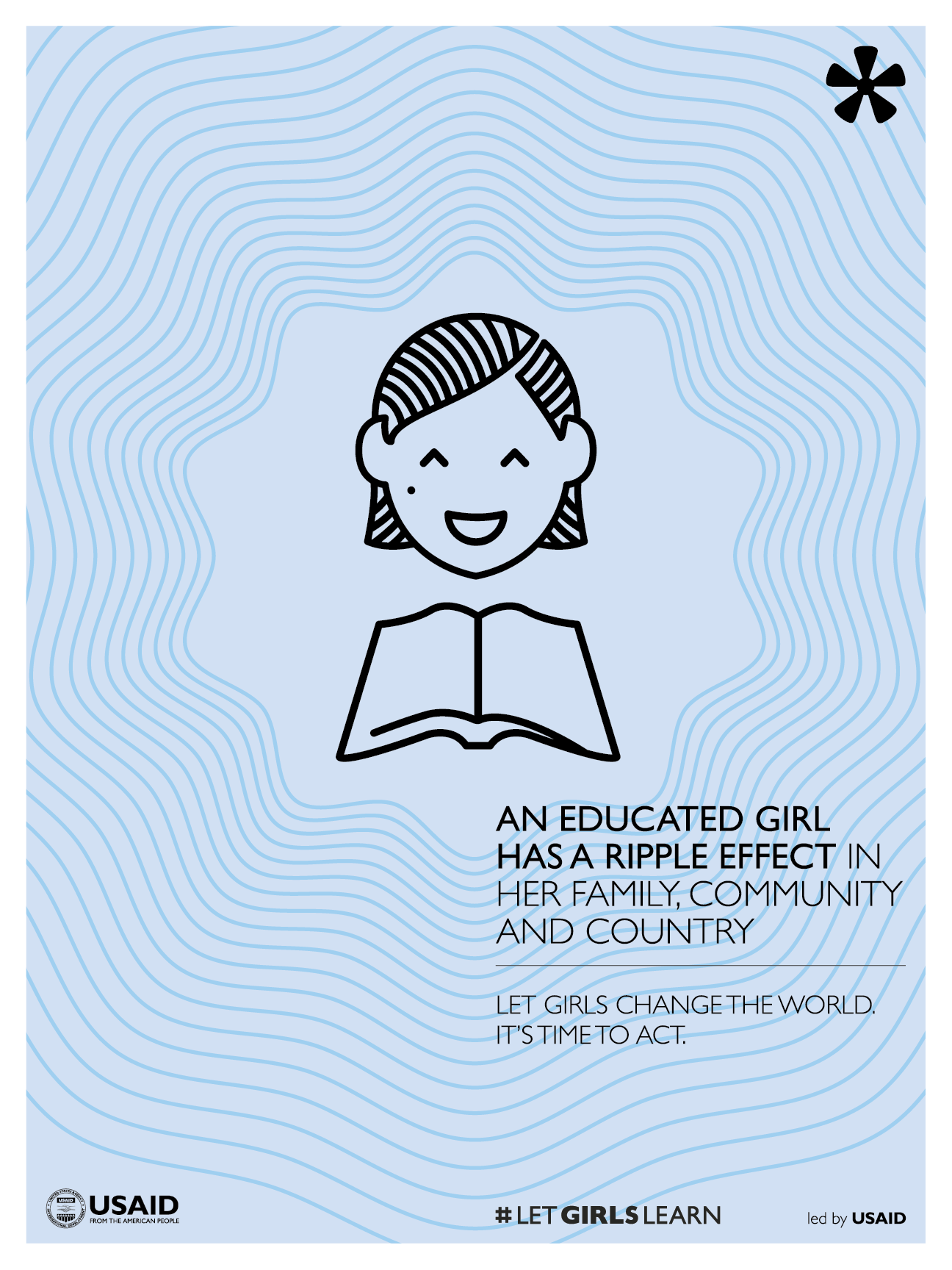

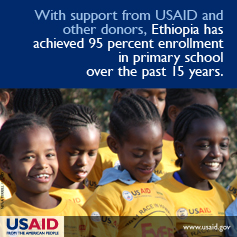
Comment
Make a general inquiry or suggest an improvement.